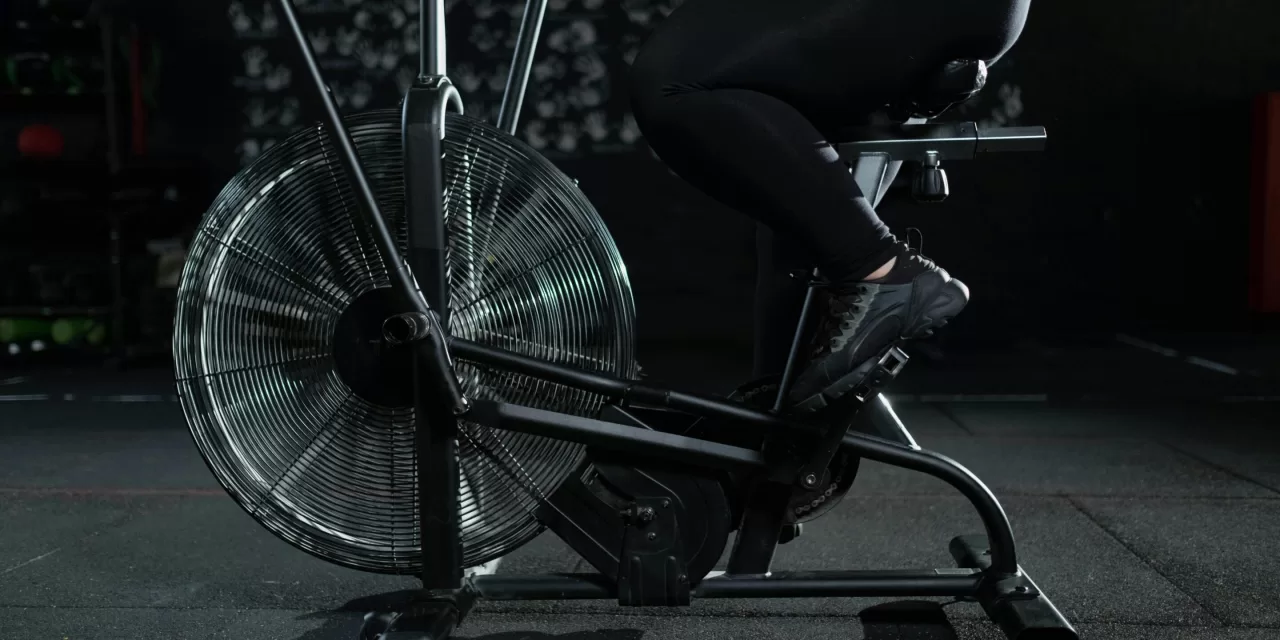As schools and workplaces increasingly introduce “active desks”—including sit/stand desks, desk bikes with pedals (cycling desks), and stationary bikes—questions arise about their impact on learning and cognitive performance. While these innovative desks promote physical activity, they often come without clear instructions on their optimal use.
A recent study by researchers at Université de Montréal, led by Professor Marie-Eve Mathieu and doctoral student François Dupont, sheds light on how different types of desks affect attention, memory, and anxiety levels among students. The findings, published in the Journal of American College Health, provide valuable insights into the benefits and drawbacks of these active alternatives.
Measuring Learning and Attention
The research involved 24 students who participated in experiments at UdeM’s Physical Activity and Health Lab. Each student watched a 30-minute video while sitting at a traditional desk, using a cycling desk (low-intensity activity), or riding a stationary bike (medium-intensity activity). To measure attention levels, participants wore digital “smart” glasses that tracked their eye movements. A short-term memory test followed each session.
The results revealed that low-intensity exercise using a cycling desk did not hinder learning. In fact, it even showed a slight improvement compared to a sedentary setup. However, the stationary bike proved to be a challenge. The physical exertion required at medium intensity reduced participants’ ability to focus, leading to an eight-minute drop in video-watching time and a 9% lower score on the memory test.
Anxiety Reduction and Sedentary Risks
While stationary bikes negatively impacted learning, they did provide one key benefit: anxiety reduction. Moderate-intensity exercise was linked to lower anxiety levels, particularly during the memory test, reinforcing the idea that physical activity can be a useful stress-management tool.
The study also highlighted concerns about students’ sedentary lifestyles. On average, Canadian university students sit for 9.8 hours a day—far exceeding the recommended maximum of 8 hours, with negative health effects beginning after just 6 hours of sitting.
“Even though someone may stay active by going to the gym or playing sports, their overall lifestyle may still be sedentary if they sit for prolonged periods during the day,” explained Mathieu. Active desks present an opportunity to integrate movement into daily tasks without requiring additional time for exercise.
The Future of Active Learning
Dupont’s earlier research found that using sit-stand desks and cycling desks could offset two hours of sedentary time per workday with low-intensity physical activity. The researchers propose that active desks can be tailored to different tasks: for example, cycling while reviewing notes to reduce stress or using an exercise ball during video calls.
Moving forward, Mathieu and her team plan to explore additional factors such as diet—investigating whether exercising while learning influences students’ food choices. They also aim to study active desks in classroom settings, focusing on exercise duration rather than intensity.
With increasing interest in combating sedentariness, the researchers stress the importance of proper guidance on how to use active desks effectively. As Mathieu notes, “We need to make sedentary tasks more active while keeping the primary goal—working—in mind.”
Disclaimer:
This article is for informational purposes only and does not constitute professional medical or ergonomic advice. Students and professionals considering active desks should consult with appropriate experts to determine the best setup for their individual needs.











